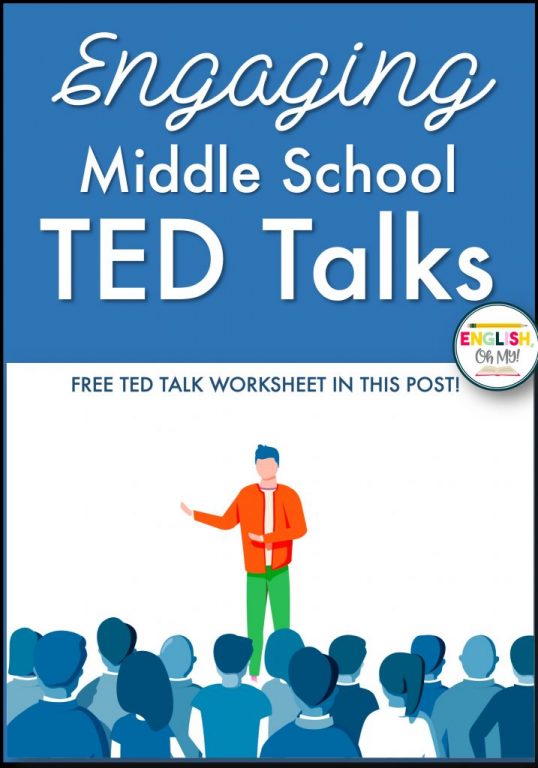
4 Tips to Teaching Difficult Literature in the Classroom

Are you reading a difficult novel in your classroom? Is it just not working? Teaching difficult literature to any age students can be an inundating task. Ten years ago, I introduced To Kill a Mockingbird to my 8th graders for the first time. It was an epic fail. I am sure some of you can relate to my situation. I bet you have dealt with teaching difficult literature that either has taken too long to get through, the text was too difficult for your students, or both! Over the course of the years, I have learned to adapt and use a variety of media to make a long, difficult novel more engaging, interesting and unforgettable.
Let Me Preface with This…
Ten years ago, New York State embraced the Common Core Standards and revamped our curriculum, creating expectations and goals where New York would be a more competitive state educationally and more of our students would be “college ready”. In order to do this, the state wanted to increase rigor within the classroom and expected the literature and texts read in the English classroom to be more challenging and demanding. The state then expected, regardless of the students’ reading level and educational capabilities, ALL students were going to read the new literature (insert hand to head). The state believed the students should be reading at least two grade levels higher than their current grade; therefore, some of the high school texts were moved down to the middle school level to complete this goal. One of these being To Kill a Mockingbird.

Originally, To Kill a Mockingbird was being read at the 10th grade level in my district before being moved down to the 8th grade. Any of you who are familiar with the book can probably agree with me that this book is extremely challenging, and it deals with topics that are mature for the middle school level.
The Epic Fail
The first year I taught the book to my 8th graders, it took an ENTIRE 10-week quarter to complete the book, activities, projects. It was arduous to get through, and by the end of the novel, my students were ready for the book to be finished. I knew, deep down, they really did not enjoy the book (I killed it for them). I heard whispers around the halls that some kids even hated it. No English teacher EVER wants a student to hate a book they teach.
This was really unfortunate because the novel is so rich and filled with so many wonderful lessons and themes; however, I think the length of the book, the close reading, and the amount of time we spent on the book ruined the experience for my students. I considered this one of my teacher fails, for I felt like I let them down as an English and reading teacher.
A Learning Experience
In hindsight, this was a learning experience for me, and it gave me the opportunity to revise my lessons on how I taught the book. I knew I needed to revise my plans, the time component, and the length of the activities. I needed to figure out how to shorten the length of time of the unit and have my students enjoy the novel while comprehending the events and plot. All and all, I NEEDED my kiddos to say to me at the end of the novel, “I really loved this book”.
Here is how I improved this learning and teaching experience for my students and changed my way of teaching to get through difficult, long novels.
Four Tips to Teaching Difficult Literature
1. Find an Abridged Version of the Text to Teach Difficult Literature
After doing some research, I found an abridged version of To Kill a Mockingbird online. A brilliant group of teachers rewrote the novel, eliminating 50% of Harper Lee’s description. Abridged versions do just that. They cut out much of the description an author uses and stick to the main plot. This was KEY to teaching this novel because there are chapters that are not necessarily important to the plot, but I wanted my students to get the overall context of the chapter. What normally is a 15-page chapter can be cut down to 3-4 pages! Brilliant!
Here are the links to the abridged version of To Kill a Mockingbird:
Even if you cannot find an abridged version of a novel online, many educational book distributors often have abridged versions of the text. Make sure you do your research!
2. Has the Text Been Made into a Graphic Novel?

Graphic novels are “long text/long novel” game changers. This past October, the graphic novel was released for To Kill a Mockingbird. I was so excited, since I figured I could give some variety to the chapters. One chapter I could read the abridged, and another we could use the graphic novel. Since chapter 1 of the novel is very descriptive and long, I had the students read the chapter using the graphic novel. Bingo! Many publishers have adapted the original novel into a graphic novels, so make sure you check Amazon or Barnes and Nobles to see is one has been released.
Are you looking for the graphic novel of To Kill a Mockingbird? You can find it below! (Amazon affiliated link).
3. Use the Movie to Provide Visual Connections
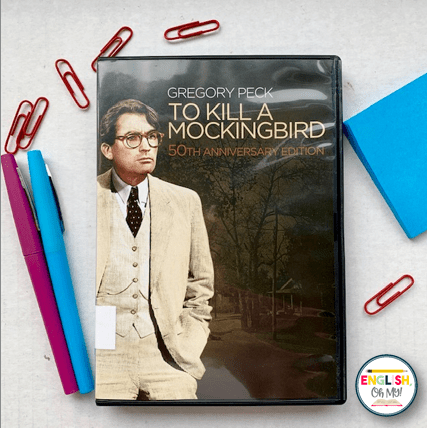
We know many novels, especially classic novels, have been produced into movies. Using the movie gives the students a great visual representation of the novel. It also provides great discussion points and activities. Teachers can provide compare and contrasts activities, and high level discussions can be constructed about the characters in the text and movie. You can also have discussions about director’s ideas and choices to leave certain parts of the novel out, if applicable.
4. Bring in Some Audio!
It is nice to change things up, so why not have your students listen to some of the audio? Below, I included the abridged audio, along with the version read and narrated by Sally Darling. Below is both part 1 and 2 of the novel.
Audio for the Abridged Version
Using all four of these different components, I am able to get through part 1 in two and a half weeks. Now, we are able to get to the meat of the novel much quicker. The first part of the novel no longer takes forever to get through. In addition, I learned to cut the novel down to about 4-4 1/2 weeks. I use the extra time to assign writing and classroom activities that I add to the reading experience.
My students really appreciate the fact I am considerate about their reading comprehension and concentration. They also appreciate I take their interest in reading into consideration. For the last few years, I noticed my students really enjoy the book so much more with the differentiation of media and text. This is a lifesaver for me. It gives me the opportunity to read more novels with them during the school year.
Please enjoy two FREE journal entries I created for To Kill a Mockingbird! You can grab the PDF right HERE.
Like the journals you downloaded above. Grab all 31 journal right here!-
To Kill a Mockingbird Reflective Journals
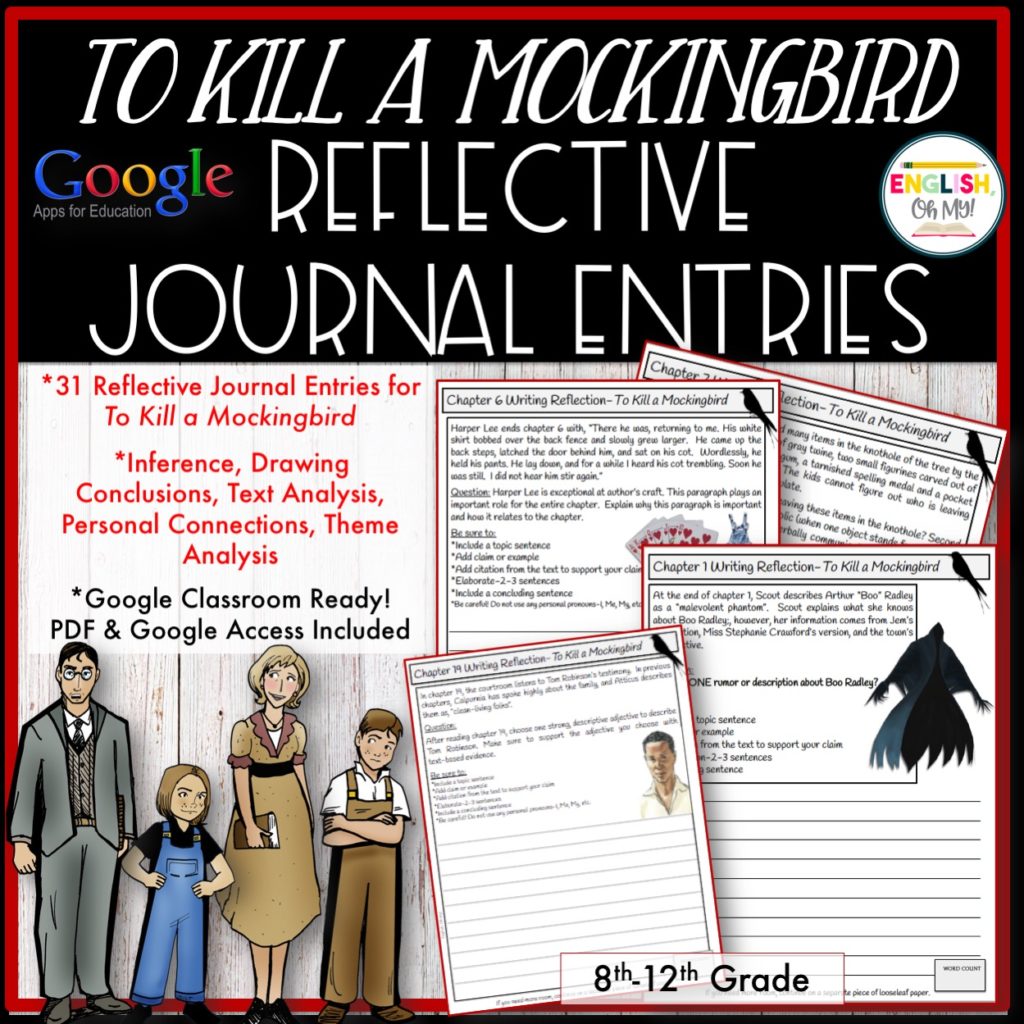

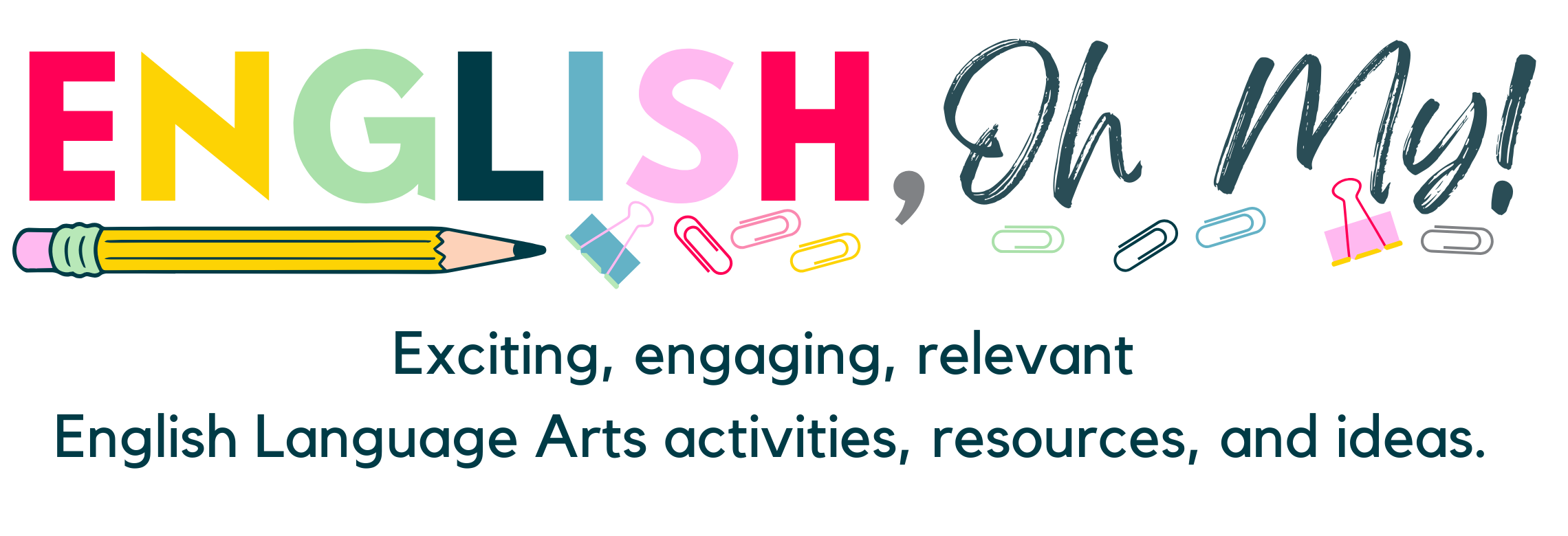
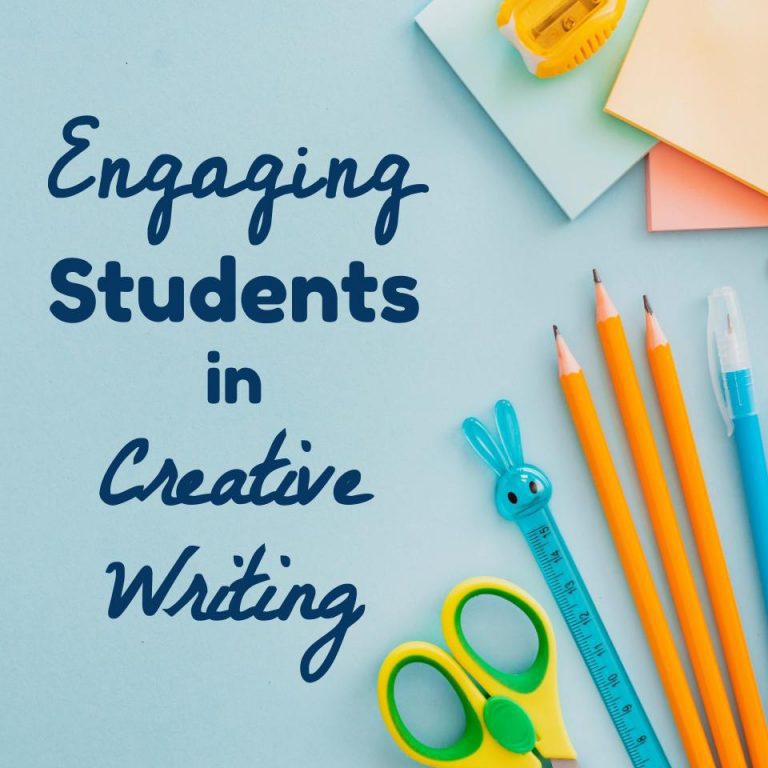
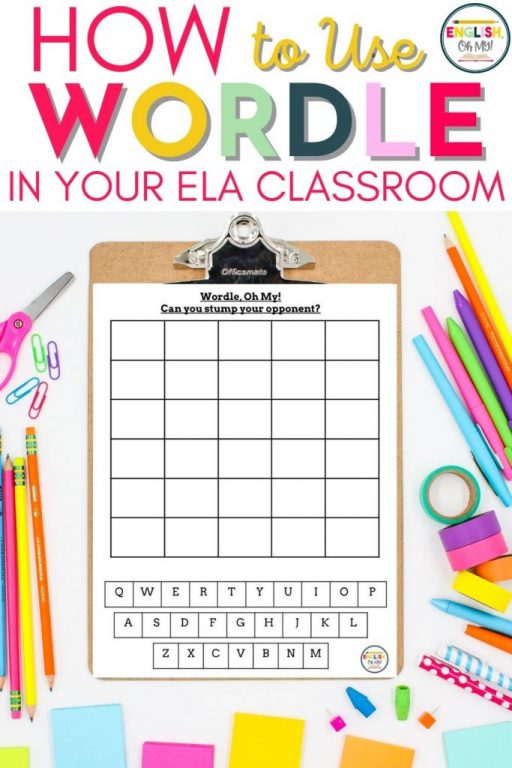

2 Comments
I’m so happy that you included the link to the abridged version of this novel. I was thinking that I might be able to use it with my lower level students; however, as I was reading it, I noticed quite a few typos and verb-tense errors. How do you approach these things with your students? I hate to use something with so many errors with my students. Thank you.
Hi Tyna!
I knowwww…this was the one thing about this abridged version. I actually read through and white-out the errors; however, it is a teachable moment of typos! You can tell them that you spotted some typos and grammatical errors in the text, and if they pick up on them, you can award them with something!!!
Comments are closed.